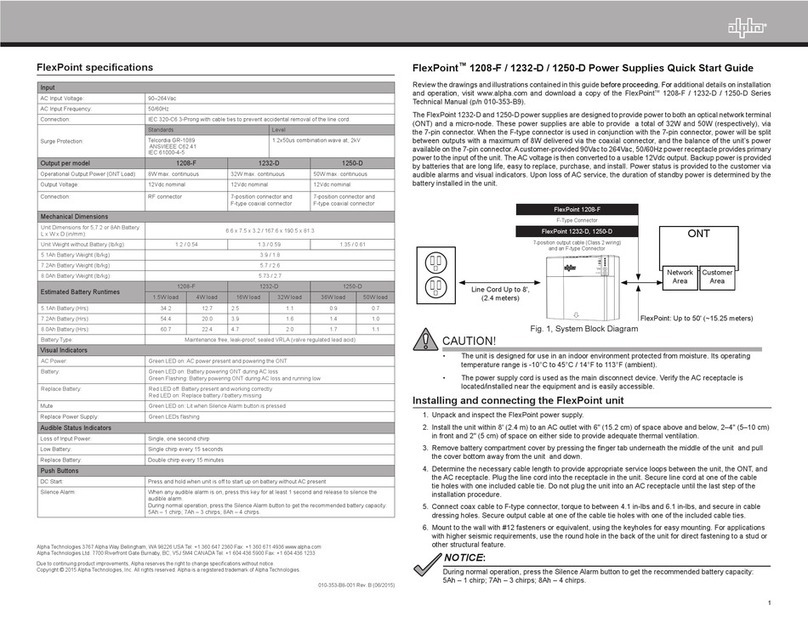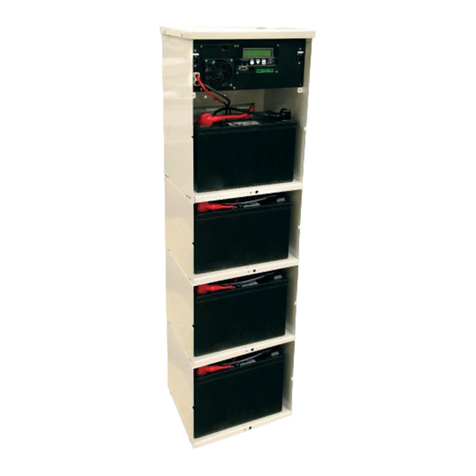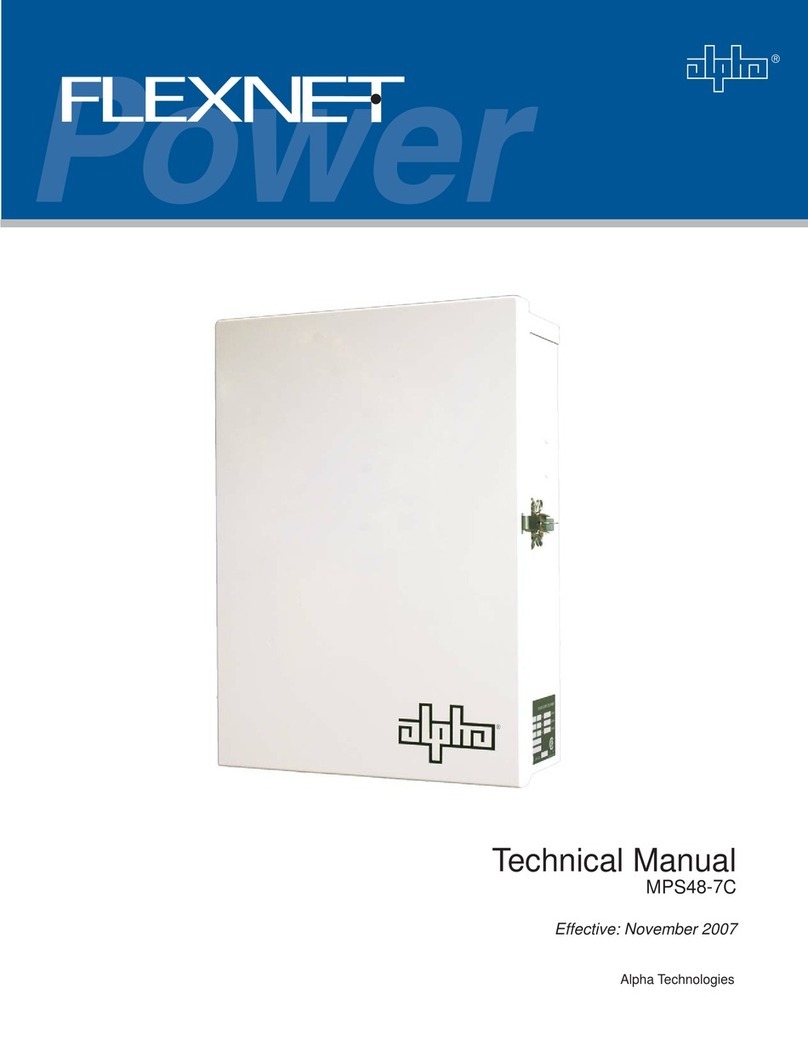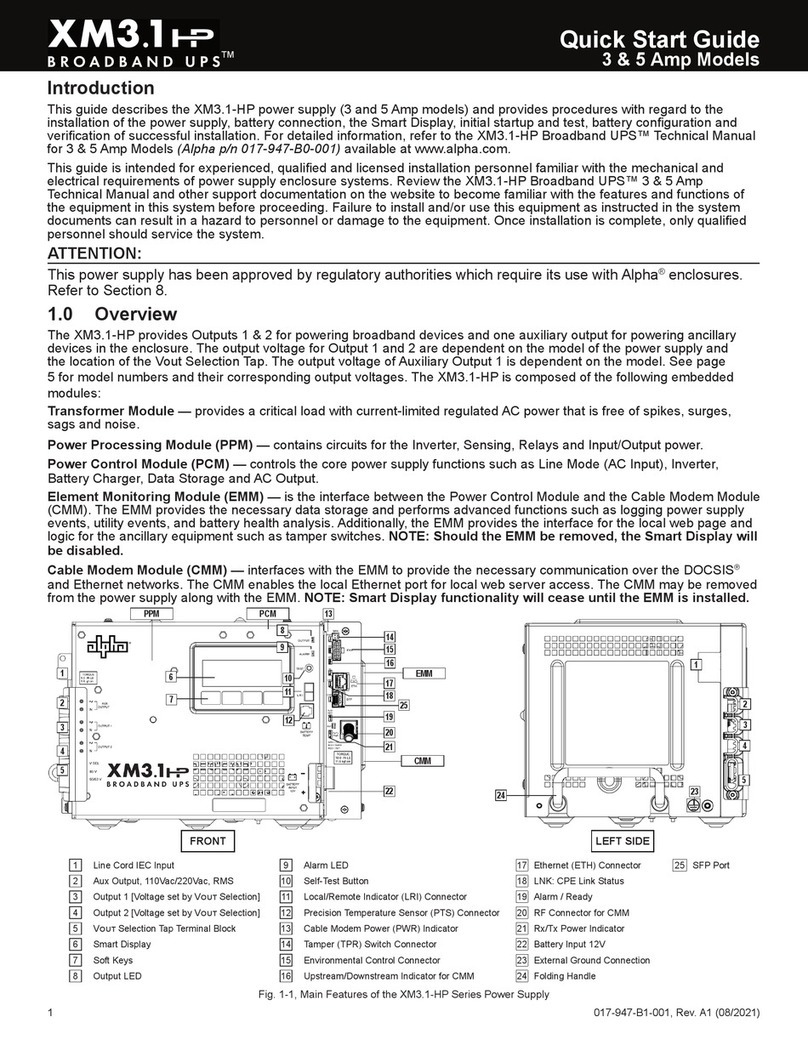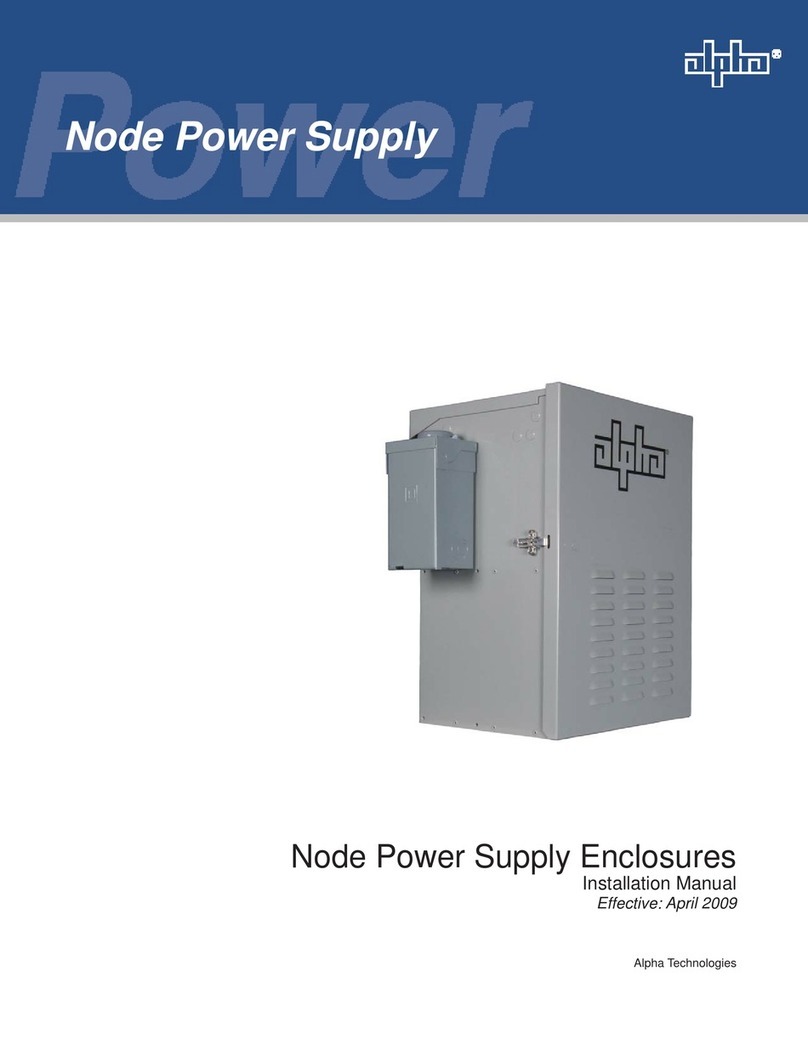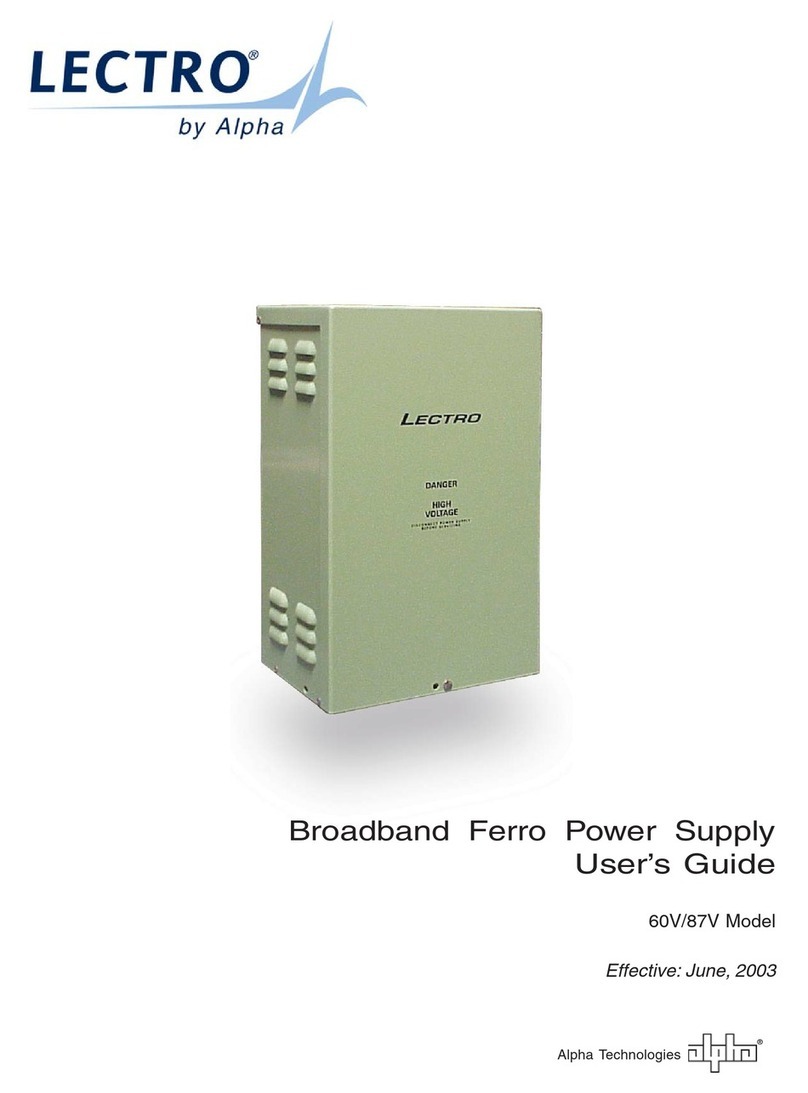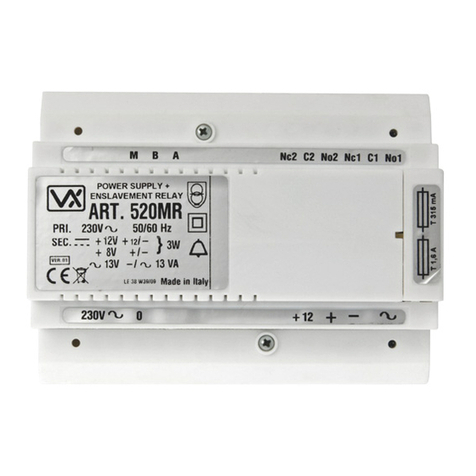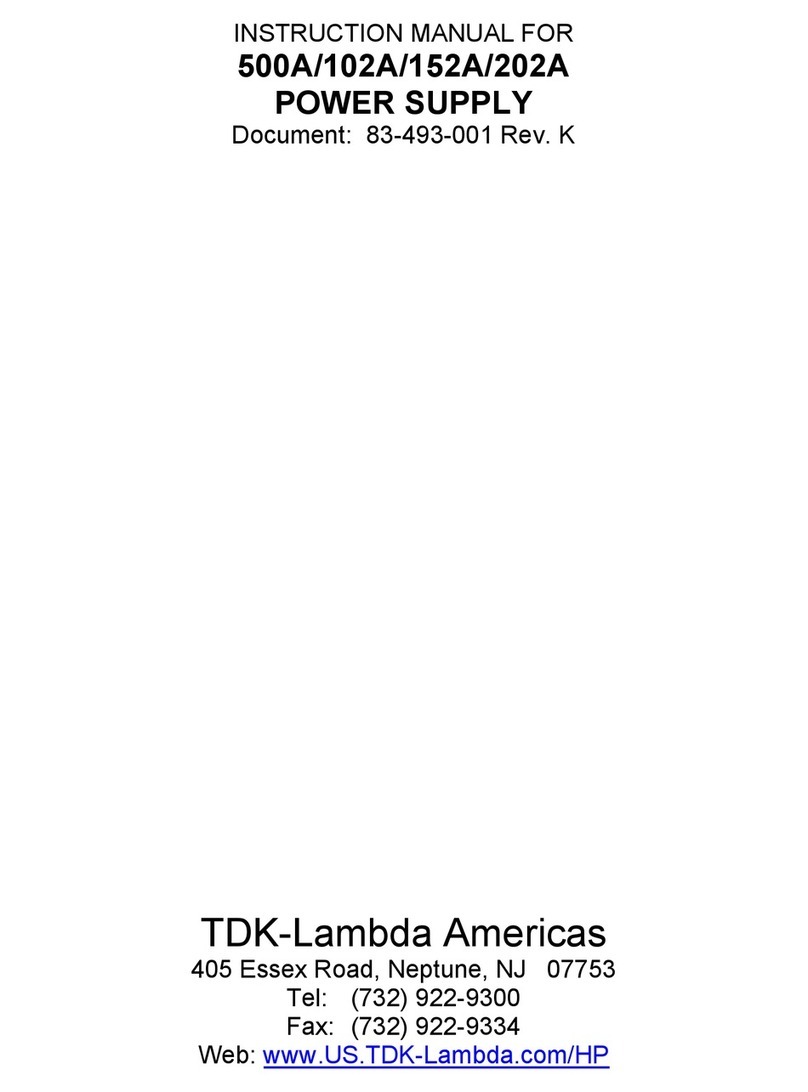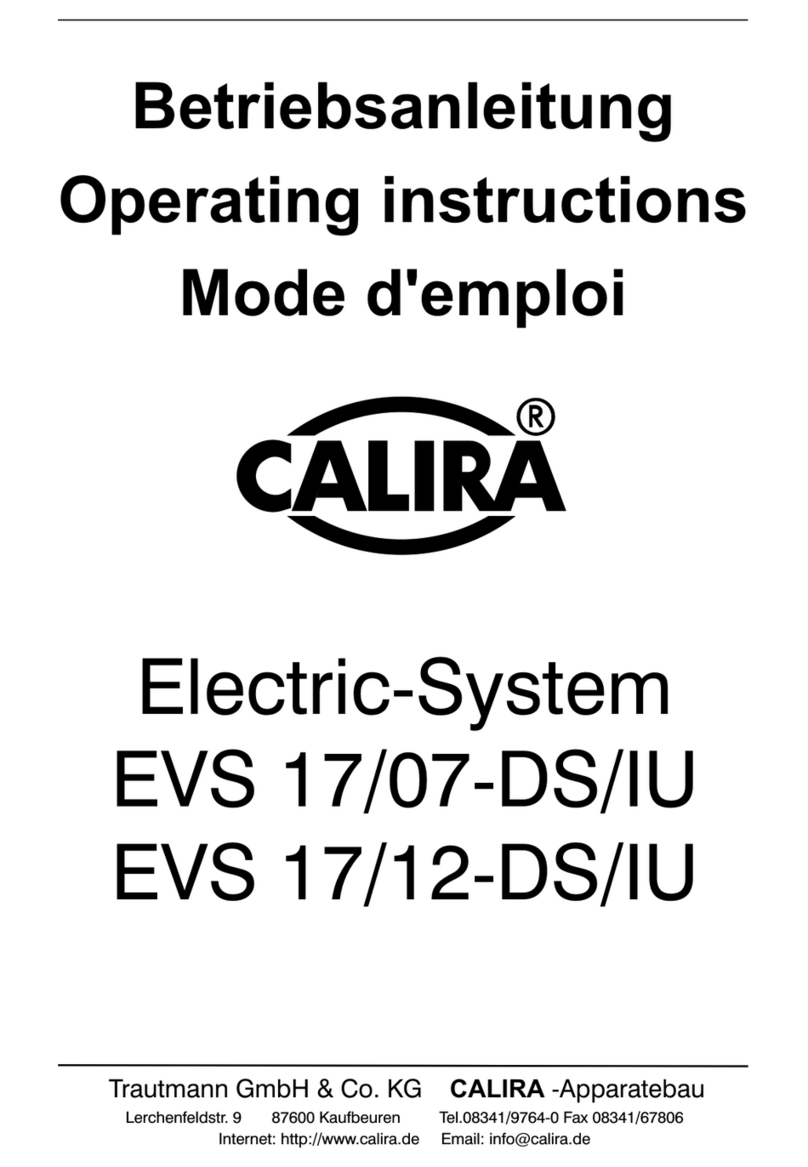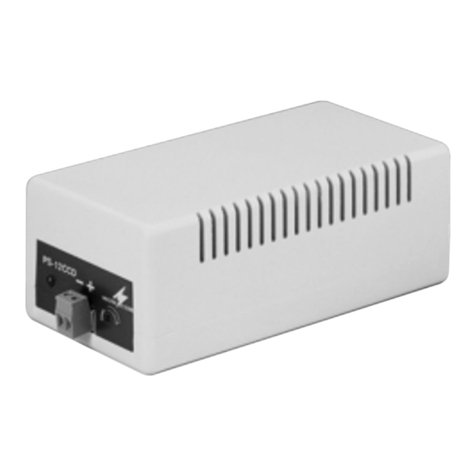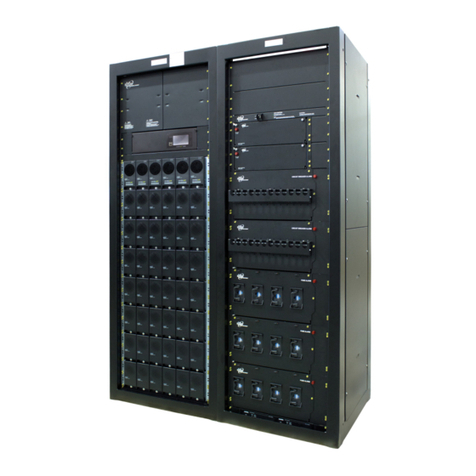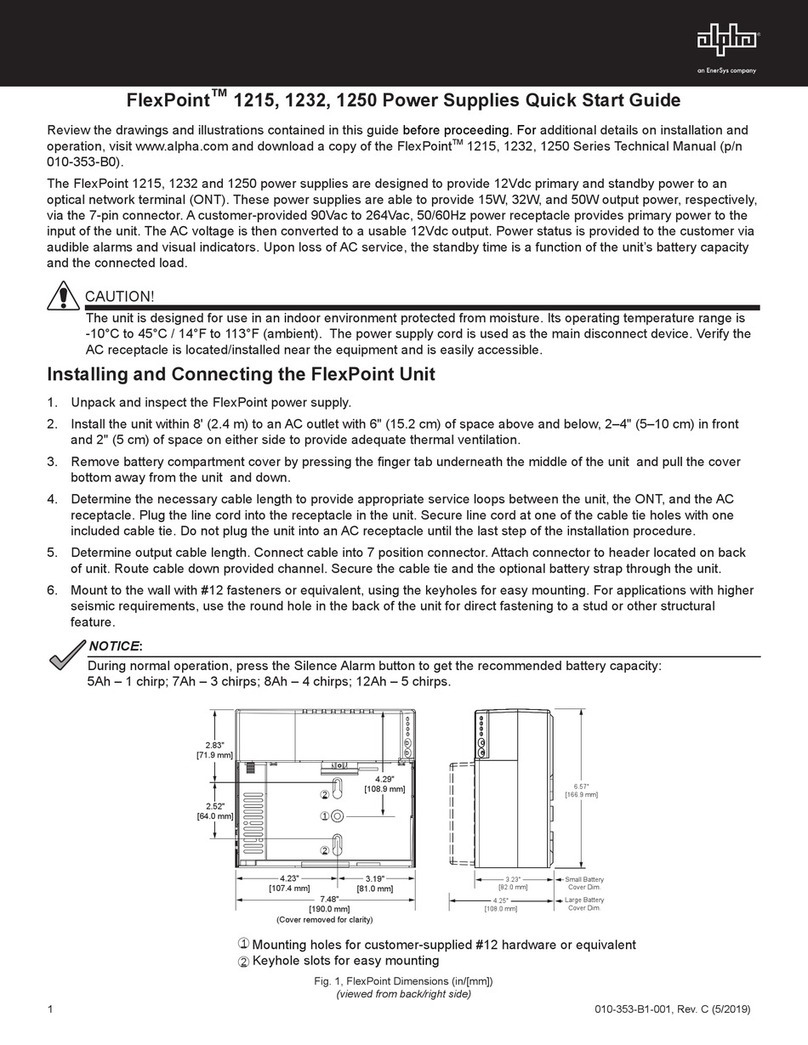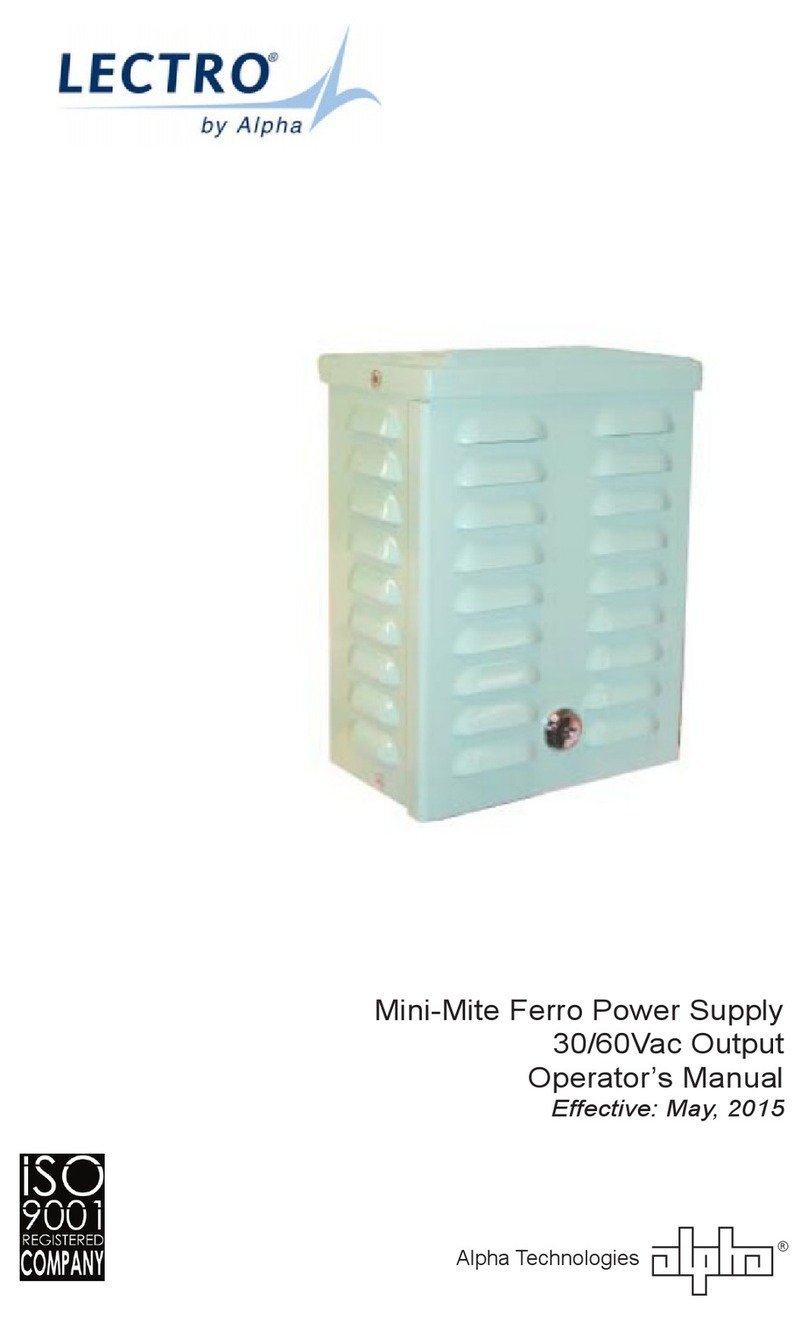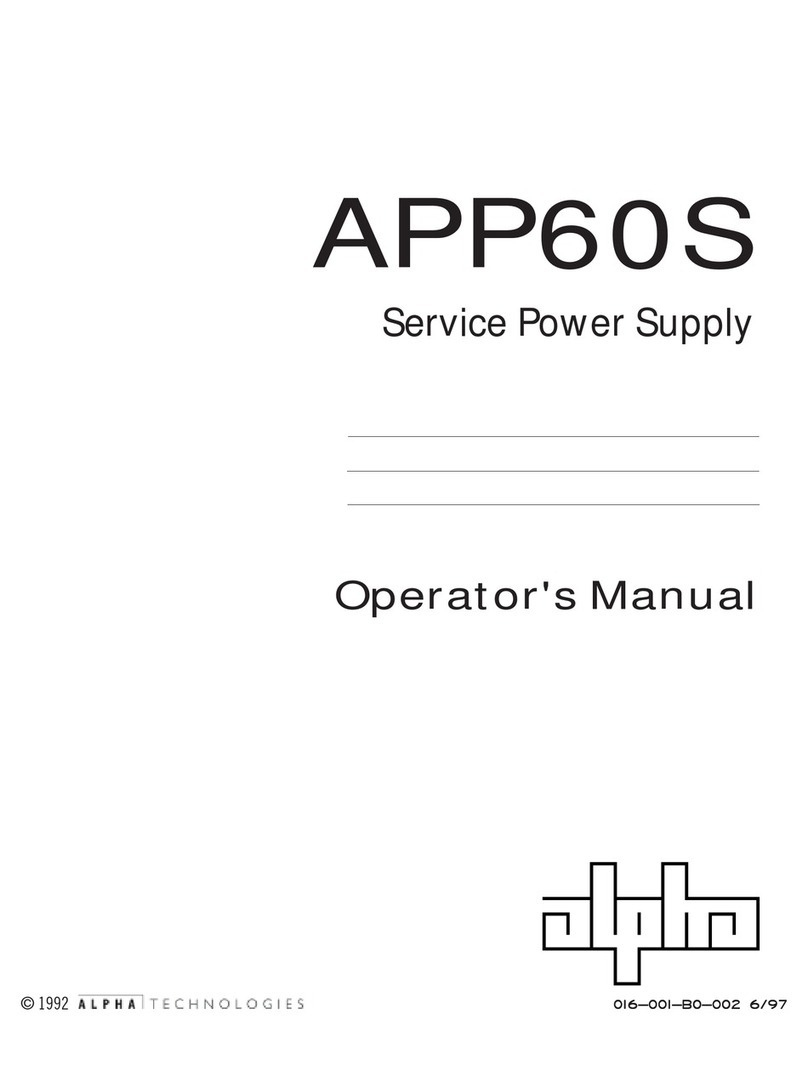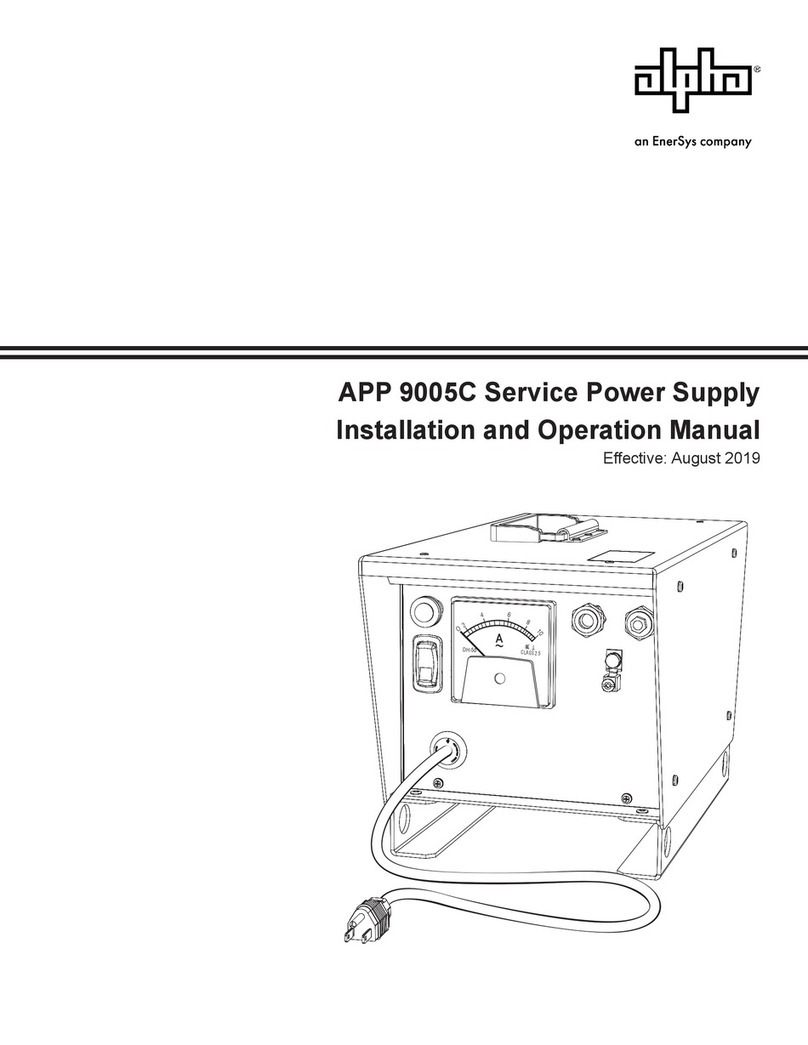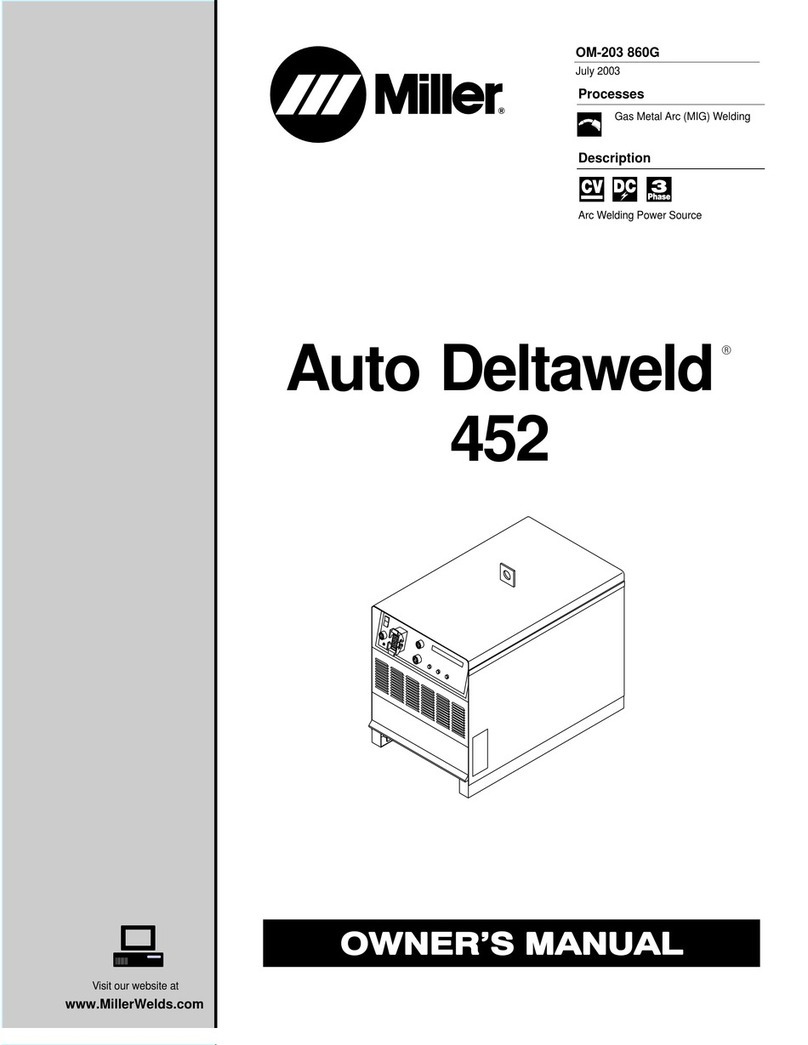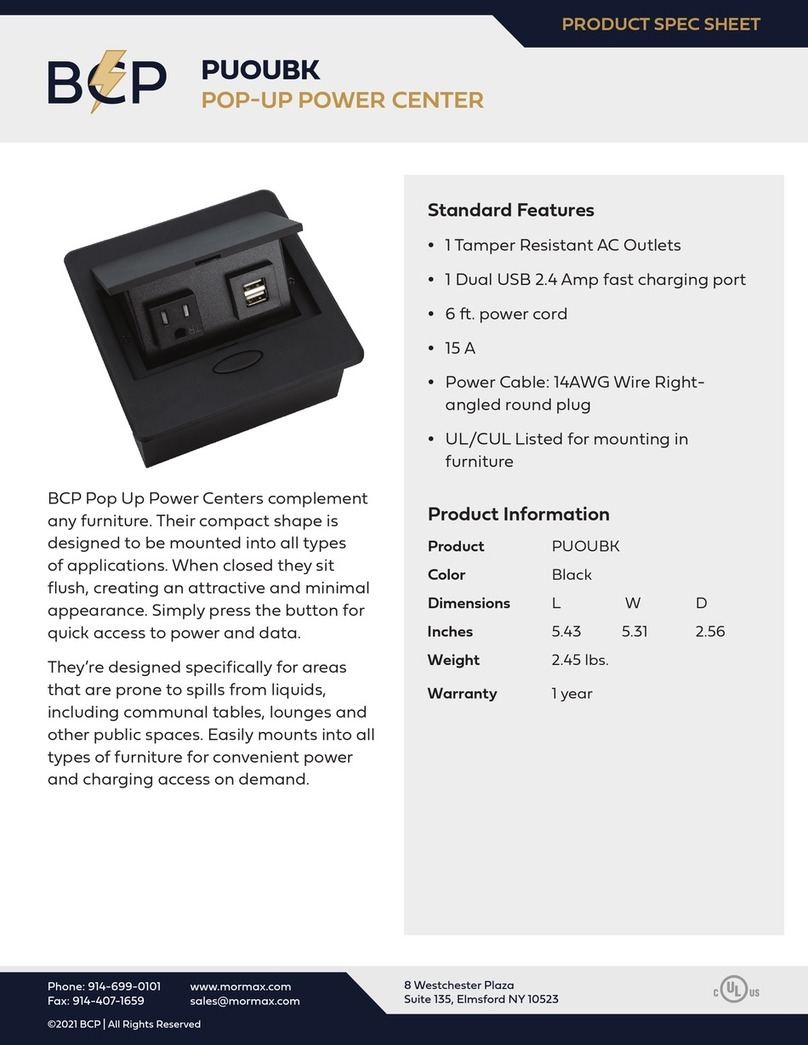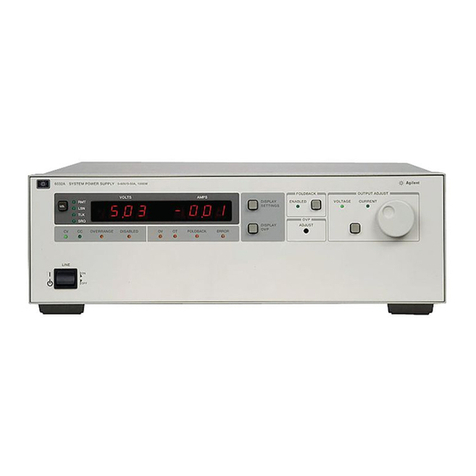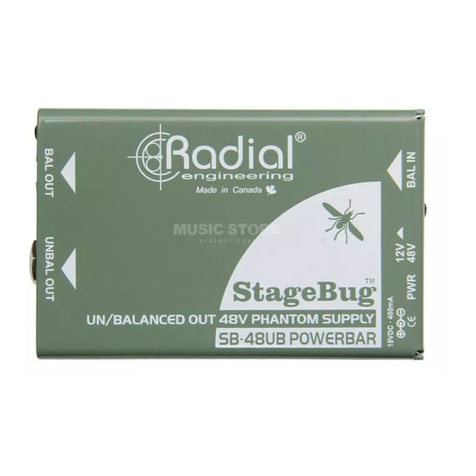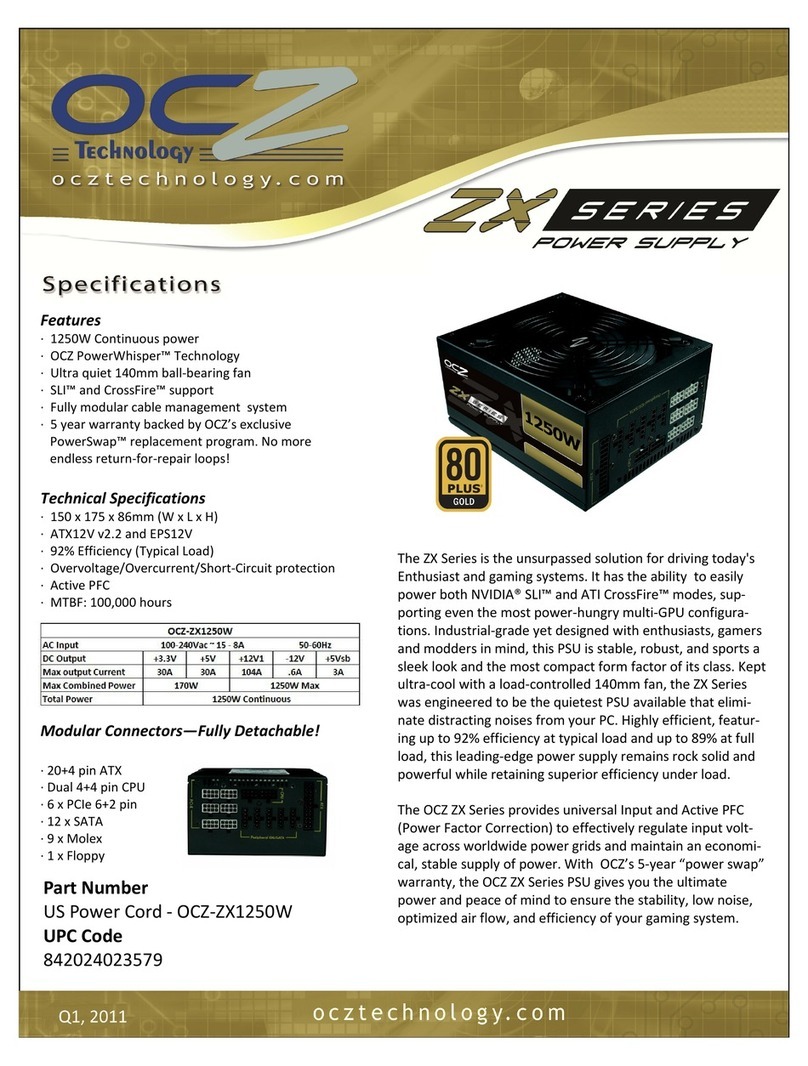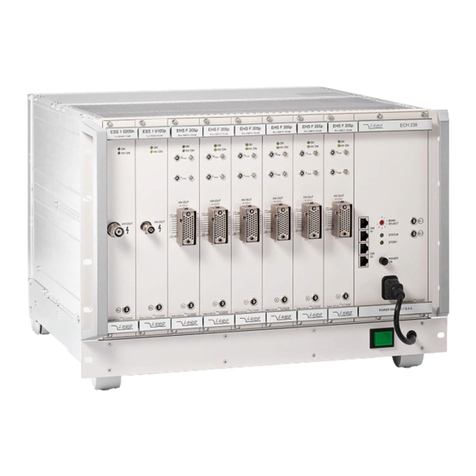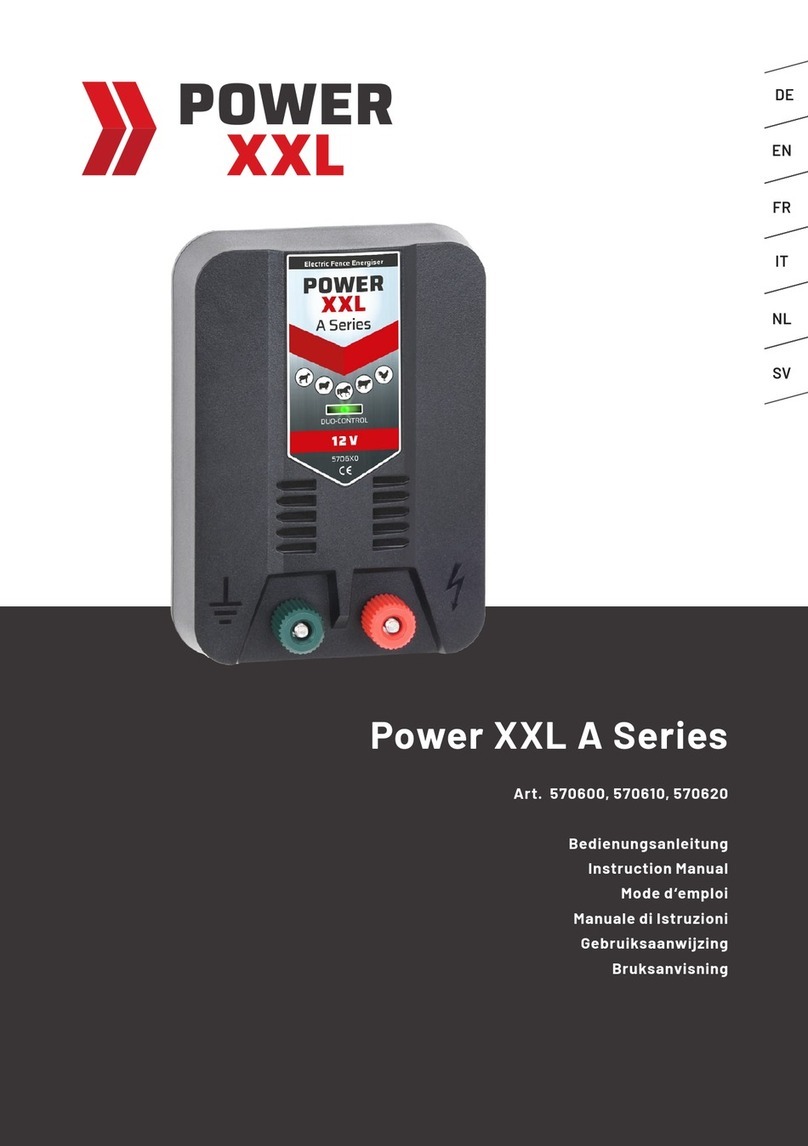
3017-891-B12-001, Rev. A (02/2023)
7. Center and angle the latch
bracket tabs of the transponder
and insert them in the slots
as shown in Fig. 3. Lower the
transponder down so it's flush
with the bracket. Ensure the
PCBA slot is centered with the
18-pin connector (Fig. 4).
Fig. 3, Rear Bracket Connection
Fig. 5, Ribbon Cable Installation Fig. 6, RF Cable Installation
Fig. 4, Captive Screws
8. Fasten the transponder to the
Inverter Module by tightening
the two captive screws
(Fig. 4). It is recommended
that the screws be tightened
alternately, a few turns at a time,
so the transponder aligns in
parallel to the Inverter Module.
9. Install the 18-pin ribbon cable between the DM31 transponder and the inverter module (Fig. 5).
10. Reinstall the Inverter Module, tighten the two thumbscrews and reconnect the front panel connections (tamper,
temperature sensor, battery harness, etc.).
11. Verify the recording of the cable modem MAC address (RF MAC) by navigating to the XM3™ power supply Smart
Display’s COMM menu.
12. Connect the RF drop as shown in Fig. 6. The DOCSIS®specification for downstream power level is ±15 dBmV.
However, for optimal performance, set the level as close to 0 dBmV as possible. RF attenuators may be required to
obtain optimal downstream (receive) RF levels.
Required
Grounded Surge Protector
(Alpha p/n 162-028-10 or equivalent)
To HeadendRF Drop
COM
PWR
DS
US
OL
LNK
RX/TX
PWR
GRN = OK
BLU = WARN
RED = OUT
R
S
T
R
F
E
N
V
E
T
H
TPR
ALMRDY
TORQUE
10.0 IN-LB
11.5 kgf.cm RF Drop To Headend
Required
Ground Surge Protector
(Alpha p/n 162-028-10 or equivalent)
18-Pin
connector
Captive
screw
Captive
screw
